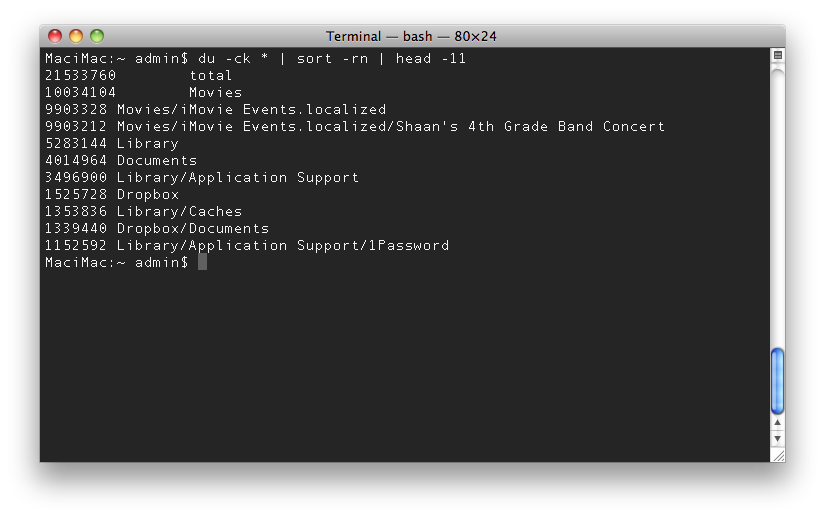Apple is not and will not make changes just for the sake of change. And while some may now be clamouring for this change, the paradox is that if Apple did make some big changes, many of the same people would bitch and moan about them. Apple is smart enough to know that in this case, most people don’t want change; they think that they do because that’s the easiest way to perceive value: visual newness. ~ MG Siegler
I watched the event yesterday and grew more excited by the moment. None of what was announced was new or groundbreaking. Most of the hardware aspects of the new iPhone had already leaked out via various tech rumour blogs, and Apple released most of the details of iOS 6 earlier in the year. So what was there to be excited about?
I've been a computer enthusiast since I learned to program BASIC on a Commodore-VIC 20 in 1978. I upgraded to a Commodore 64 in the early 80's then started using DOS and Windows based PC in the late 80s when I went off to engineering college. In graduate school I discovered UNIX and later Linux which came in handy for my first job at a research and development firm. I switched back to Windows when I started consulting in the 90s. I wasn't an Apple user until I purchased my first Mac in 2005. I loved that it had my beloved UNIX but had a usable GUI. At the time, Linux did no offer that.
I started buying other Apple products when I realized how easily they integrated with my Macs. I got my first iPad and iPhone in 2010. When iCloud was introduced in iOS 5 I saw a promise of a future where I could compute, from any Apple device. Mountain Lion solidified that for me. Now iOS 6 brings even more integration.
Passbook promises to relieve my pants pocket of the stress of carrying a phone and a wallet of cash and cards. FaceTime over cellular means I can finally use this feature where it matters to me the most -- when I'm out at events but want to say good night to my kids.
The new Maps will make walking the streets of New York City and Philadelphia easier for me.
SharedPhoto streams means I can share photos of the kids with Grandma and GrandPa -- a $99 Apple TV is easier for them to handle than sending a link to a Flickr photo-set.
The new Phone app (yes, the iPhone makes calls) has my what will be my favorite feature -- decline an incoming call, instantly reply with a text message or set a callback reminder. I get over 200 email messages a day and quite often I miss important messages from the people I care about. The Mail app in iOS 6 will let me set up a VIP list so I';ll never miss an important message from my wife or my bank.
My point in writing this was to state that while the look of the hardware is important, for me it's the software that does the trick of turning, a hunk of electronics wrapped in glass and metal into something useful.

